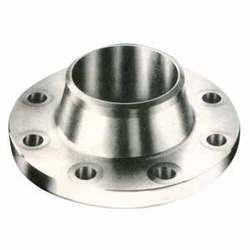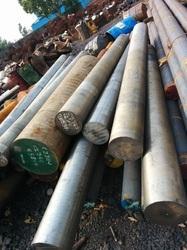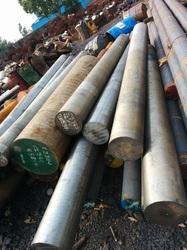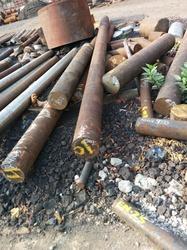
Honesty Steel (India) - | E-Showroom

Honesty Steel (India) - | E-Showroom
Honesty Steel (India)
Head Office 24/26 Office No 3 Ist Floor Durgadevi Street Near Durgadevi Temple Mumbaui-4 Mumbai
India
3. Radiography is not practical on the fillet weld; therefore correct fitting and welding is crucial. The fillet weld may be inspected by surface examination, magnetic particle (MP), or liquid penetrant (PT) examination methods. Construction costs are lower than with butt-welded joints due to the lack of exacting fit-up requirements and elimination of special machining for butt weld end preparation.
-Disadvantages
1. The welder should ensure for a expansion gap of 1/16 inch (1.6 mm) between de pipe and the shoulder of the socket. The expansion gap and internal crevices left in socket-welded systems promotes corrosion and make them less suitable for corrosive or radioactive applications where solids buildup at the joints may cause operating or maintenance problems. Generally require butt welds in all pipe sizes with complete weld penetration to the inside of the piping.
2. Socket welding are unacceptable for UltraHigh Hydrostatic Pressure (UHP) in Food Industry application since they do not permit full penetration and leave overlaps and crevices that are very difficult to clean, creating virtual leaks.The purpose for the bottoming clearance in a socket weld is usually to reduce the residual stress at the root of the weld that could occur during solidification of the weld metal, and to allow for differential expansion of the mating elements.
Namibia Yellow Pages Online is a Local Business to Business Directory in Namibia offering business list of more than 250,000 companies. You can find Hotels in Namibia , Companies in Namibia , Properties in Namibia , Travel info in Namibia through this Site. Yellow Pages Namibia Updated in 2025 Get Maximum Benefit for your Business Visit YP MarketPlaces
| About Us Careers Company Information User Guide About Us |
Buying Options Post Buying Leads Browse Categories Companies in Namibia How to Buy |
Selling Options Post Selling Leads Browse Categories How to Sell |
Safety & Support Help Safety & Security Copyright Infringment |
Advertising How to Advertise? Host Website with us Elite Membership |
Method Of Payment Privacy Policy Refund Policy Dispute & Resolution Policy Terms |
| Thanks for Posting your Requirement
with
Namibia Yellow Pages Online
If you are not Verified Buyer then Please Verify Your Email to get Quotes from Verified Suppliers. |








|
Thanks for Reporting Error in Listing of on Namibia Yellow Pages Online
Our Technical Team will review the Information and will Rectify the Error as Soon as Possible. |
| Thanks for Reply.
Namibia Yellow Pages Online
Your Reply is Sent to the Buyer. |
| Thanks for Reply.
Your Reply is Sent to the Seller. |
| Ok Close |





